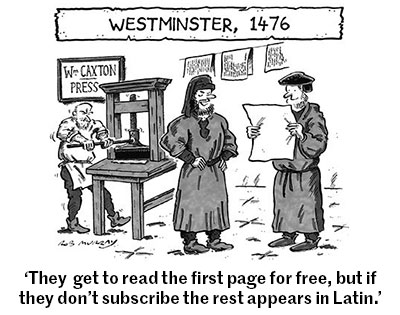Secret World of the Maya
The earliest European explorers to encounter ruins of the Maya civilisation could not believe it owed its creation to Indigenous Americans. How did they come to believe otherwise?

The Europeans and North Americans who ‘discovered’ the ruined Maya cities of Central America from the late 18th century onwards were not the first white men to wonder at these old stones. The soldiers and priests of the Spanish Conquest had stumbled on many sites before them. Pre-eminent was Bishop Diego de Landa (1524-79), who travelled extensively in the Yucatán peninsula in the mid-16th century, compiling an exhaustive record of Maya religion and culture (published in 1566 as Relación de las Cosas de Yucatán, translated as Yucatan Before and After the Conquest), even as he was persecuting and converting the adherents of the old beliefs and destroying their codices and sacred images. Antonio de Ciudad Real, a Franciscan friar, wrote the earliest known description of Uxmal, in Yucatán – a site abandoned by 1200 – following his visit in 1588. But their accounts were not published until the 19th century, after a new wave of explorers had begun earnest archaeological studies and excavations.







